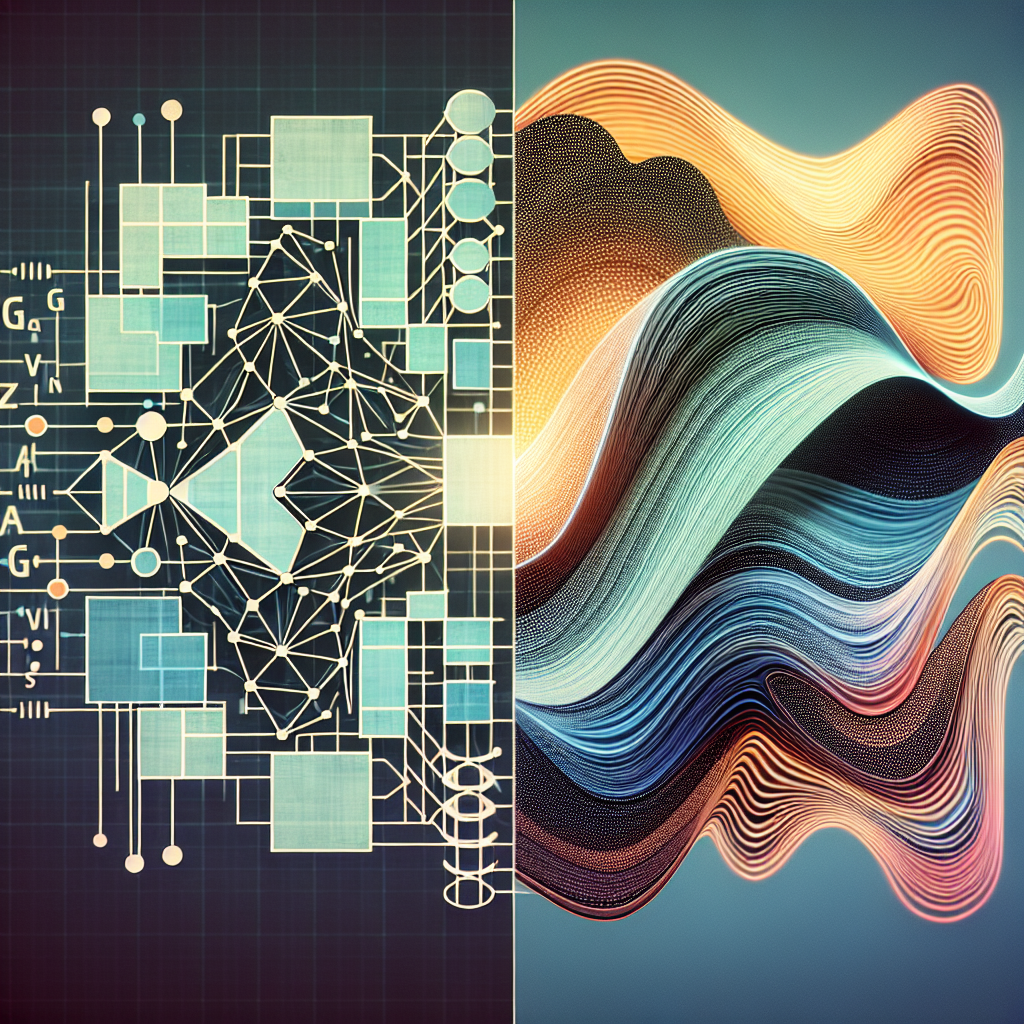Generative Adversarial Networks (GANs) have been a hot topic in the field of artificial intelligence, particularly in the realm of computer vision. However, in recent years, researchers have started to explore the intersection of GANs and Natural Language Processing (NLP), leading to exciting advancements in the field.
In a nutshell, GANs are a type of neural network architecture that consists of two networks – a generator and a discriminator – that are trained simultaneously in a competitive setting. The generator network is tasked with generating realistic data samples, while the discriminator network aims to distinguish between real and generated samples. Through this adversarial training process, GANs are able to generate highly realistic and diverse data samples.
When it comes to NLP, GANs have been applied in a variety of ways to generate text, improve language models, and perform various NLP tasks. One of the most common applications of GANs in NLP is text generation, where the generator network is trained to produce coherent and contextually relevant text. This has been particularly useful in tasks such as machine translation, dialogue generation, and text summarization.
In addition to text generation, GANs have also been used for style transfer in NLP. By training the generator network to transform text from one style to another, researchers have been able to create models that can generate text in a specific writing style or tone. This has applications in areas such as content generation, sentiment analysis, and authorship attribution.
Furthermore, GANs have been employed in improving language models through techniques such as adversarial training and reinforcement learning. By training the discriminator network to evaluate the quality of generated text, researchers can provide feedback to the generator network, leading to improved text generation performance. This has been particularly useful in tasks such as language modeling, where the goal is to generate text that is coherent and contextually relevant.
Overall, the intersection of GANs and NLP has opened up new avenues for research and development in the field of artificial intelligence. By harnessing the power of GANs for text generation, style transfer, and language modeling, researchers are able to create more sophisticated and versatile NLP models. As technology continues to advance, we can expect to see even more innovative applications of GANs in NLP, leading to improved performance and capabilities in natural language processing tasks.
#Exploring #Intersection #GANs #NLP #Review #Techniques #Applications,gan)
to natural language processing (nlp) pdf

Leave a Reply
You must be logged in to post a comment.